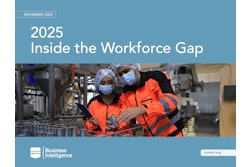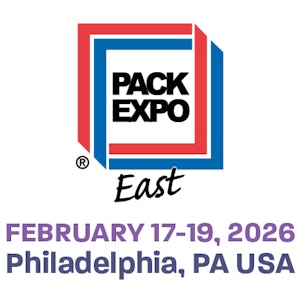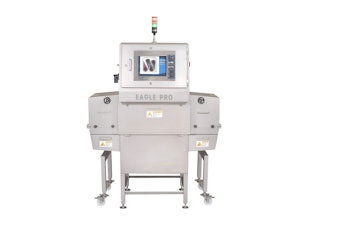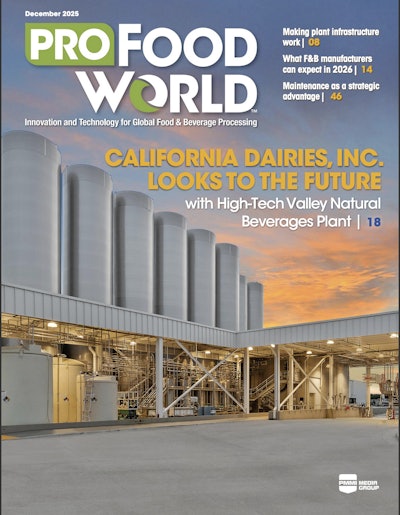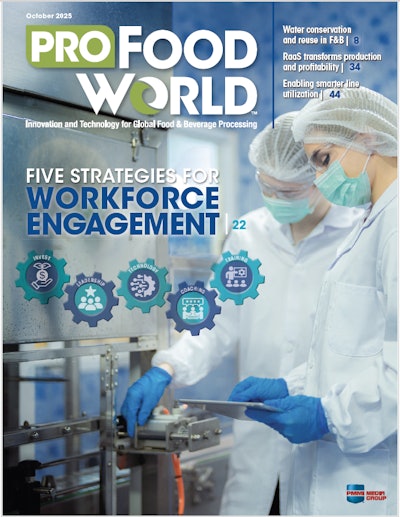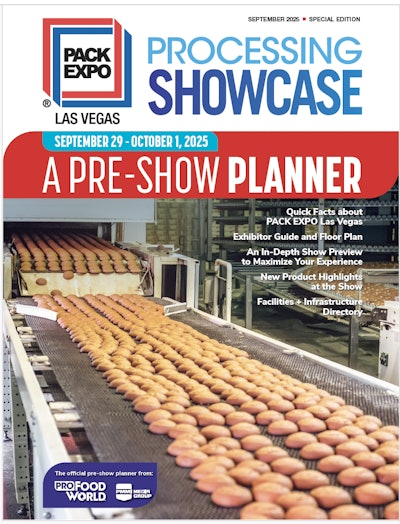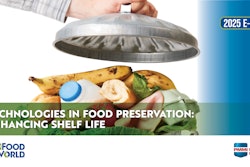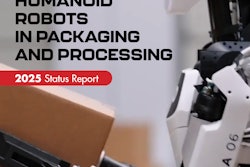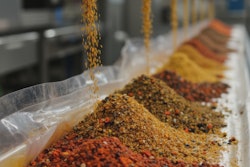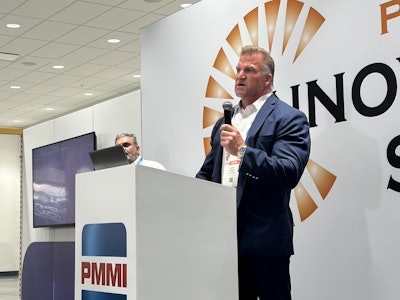
To eliminate the operational challenges of hand-squeezing lemons in its restaurants, Chick-fil-A built Bay Center Foods, a highly automated facility that uses high pressure processing (HPP) to deliver lemon juice with a fresh-squeezed taste.
Before the fast-food chain set out to create Bay Center Foods in 2019, “Some restaurants were squeezing thousands of lemons in a day, and it created a big bottleneck in the back [of the restaurant]; it added a lot of complexity,” according to Kurt Cahill, Executive Director of Manufacturing Innovation at Chick-fil-A, who spoke at PACK EXPO Las Vegas September 30.
The Valencia, Calif., facility eases the load on restaurant employees by processing nearly 200 million pounds of lemons annually, using an exclusive extraction process and HPP to achieve the right flavor.
HPP for a fresh-squeezed taste
When Chick-fil-A decided to industrialize its lemon juice production, it was unwilling to make a change unless the resulting product tasted as close to fresh-squeezed as possible, Cahill said.
“We looked at all different thermal application products; none of them gave us the brightness, the organoleptic characteristics of fresh juice,” Cahill said. “It wasn’t until we started to HPP it for Chick-fil-A that they saw there was an answer out there that was not thermally processed.”
HPP is a non-thermal technology that preserves food and beverage products using water, pressure, and time, according to Roberto Peregrina, Executive Director, USA at Hiperbaric, who spoke alongside Cahill at the show.
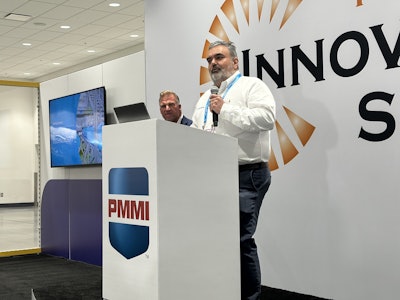 Hiperbaric's Roberto Peregrina shared details about the company's automated HPP solution at the show.ProFood World
Hiperbaric's Roberto Peregrina shared details about the company's automated HPP solution at the show.ProFood World
The process acts as a preservation method, extending shelf life without the high temperatures of pasteurization, avoiding the flavor profile changes that may cause.
At Bay Center Foods, a robotic system loads baskets filled with half-gallon foodservice bags into the HPP machine and unloads them after processing, automating the process for the company.
Generally, an automated HPP system like this can boost productivity and consistency while reducing labor costs, Peregrina said. “We’ve found in our applications that we can reduce labor by around 60%, and the uptime of the machine goes from our typical 95%, to a guaranteed up to 98% uptime,” he explained. “ROIs are between two and a half to three and a half years, depending on each of the applications.”
Once a product runs through the HPP system, its shelf life typically lasts between 60 and 120 days, depending on ingredients, pH levels, and other factors, Peregrina said.
Chick-fil-A limits the lemon juice’s shelf life to 40 days. “We could probably get a little more shelf life out of it, but it’s limited to 40 days currently, which is enough for us to get it through the supply chain," Cahill said.
High automation, lower operational costs
Bay Center Foods’ operations are highly automated, with minimal human intervention to keep operational expenses low.
“When we think about the automation and innovation of a product that has one ingredient, one customer, and one product line, we get to factory 4.0 very fast. There’s not a lot of deviation or changeover, so automation made sense,” Cahill said.
(Watch this video from Bay Center Foods and Chick-fil-A for a look inside the facility's operations.)
The facility features 18 robots and operates 24 hours per day for five days each week, leaving some remaining capacity available for Bay Center, Cahill said.
“There was no human element that we specifically wanted to design out of the process; we wanted to design as much automation into the process that made financial sense,” said Cahill.
That included the juice extraction and HPP processes, as well as AGVs to unload trucks from packing houses without human intervention, automated palletizing, and even an automated storage and retrieval system (ASRS) to pull and stage shipping orders.
For the facility’s systems architecture, Bay Center Foods runs an Oracle enterprise resource planning (ERP) system, as well as a GE Proficy manufacturing execution system (MES), housing everything needed to run queries.
“If you’re going to run a facility with automation, you want to have some type of data lake or data collection that you can write queries out of, or more preferably, a full MES that can house your WMS (warehouse management system), your TMS (transportation management system), your CMMS (computerized maintenance management system),” said Cahill. “If you really want to move towards innovation, data is the new currency.”
This level of digitalization supports quality control in the HPP process. In the infrequent case that an HPP cycle failure occurs, data tags record the incident, “first to re-run the product, and secondly, to document the failure and do some line analysis of why it happened,” Cahill said.
Relying on this much automation changes the workplace dynamics on the plant floor, Cahill explained.
“That there are less people is not necessarily true; we probably have just as many people, but they’re in a completely different facet of talent,” Cahill said. “We have three mechatronics engineers on staff, we have two double E’s (electrical engineers) on staff, one full-time process engineer, and our maintenance department is about 20 strong and they’re doing multiple tickets in a day.”
Through Bay Center Foods, Chick-fil-A demonstrates how strategic automation and HPP can streamline operations while preserving a product’s signature taste.






